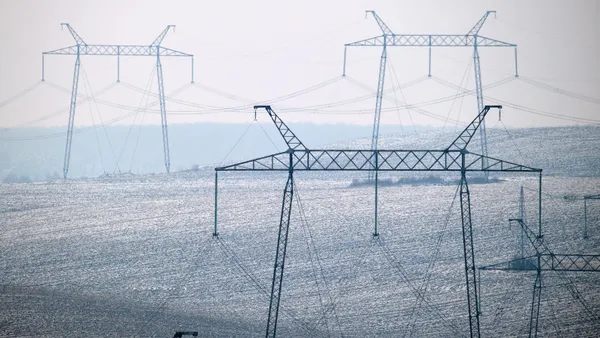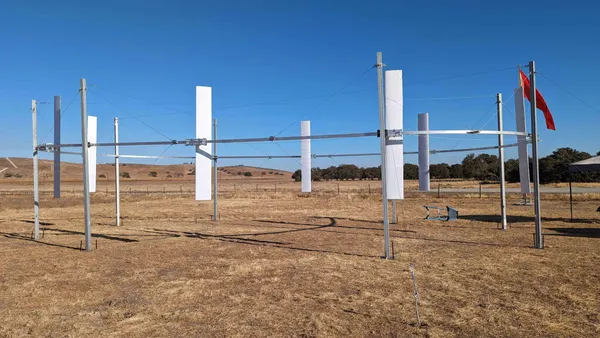Dive Brief:
- An industry group has blamed Hawaii regulators' decision to end retail rate net metering to the recent job cuts by 73% of members belonging to the Hawaii Solar Energy Association.
- HSEA asked its members to provide data relationing to job growth, or lack thereof, and the majority found their employment declined on average by 35%, the Pacific Business Journal reported.
- In addition, the total number of solar installation permits fell 13% from January to April of this year.
Dive Insight:
Solar industry stakeholders are now feeling the aftershocks of the HPUC decision to end retail rate net metering and replace it with a grid-supply and self-supply option.
“It’s taking longer than expected to recover from the loss of net energy metering, and consumers and workers are paying the price,” HSEA President Rick Reed said in a statement to the news outlet. “As time passes, the urgency grows to implement creative ways, like a time-of-use rate, to incorporate more solar onto the grid and incentivize a realistic energy storage alternative.”
The self-supply option, which is a non-export option, allows a limited amount of inadvertent energy exportation to the grid without any compensation. Residential customers under this option will have a minimum bill of $25, while small commercial customers will have a $50 minimum bill.
The grid-supply option will allow for exporting excess energy to the grid for credits against customer bills as long as the exports benefit the electric system. While similar to net metering, this option does not credit customers at the retail rate. Instead, the new grid-supply programs credits customers at a fixed rate between $0.15/kWh to $0.28/kWh, depending on the island on which they are located.
And the number of permits also suggest that the new options do not support solar's growth as effectively as the retail rate remuneration. In March 2016, the Honolulu Department of Planning and Permitting issued fewer fewer installation permits, about 35% less in March 2015 for the state's biggest solar market, Pacific Business News reported. The monthly average of 418 permits in 2016 is 33% below the 2015 monthly average of 624 permits.












